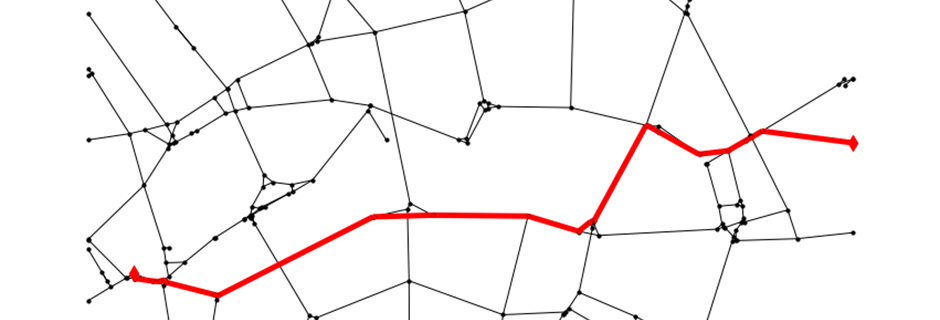Network Analysis in Python
Maps are all well and good, but do you know what’s better. Graphs! I’m not talking about pie charts or even bar charts I mean the ones with edges and vertices (also known as networks). In this post, and this code, I’m going to convert a geodataframe of A-roads around St Pauls into a graph …
